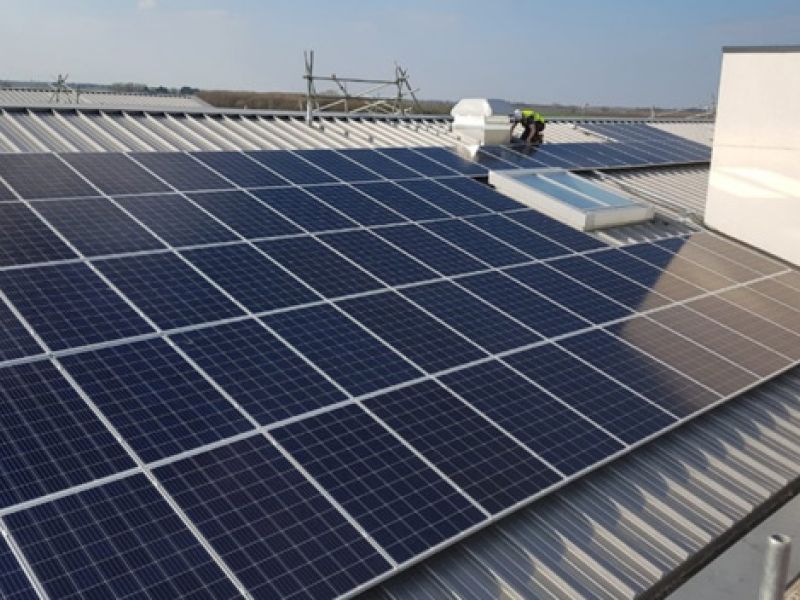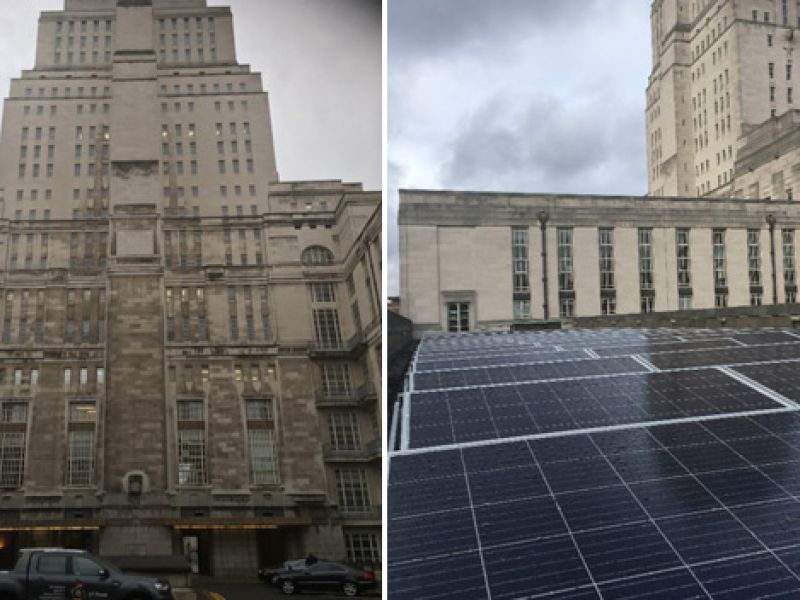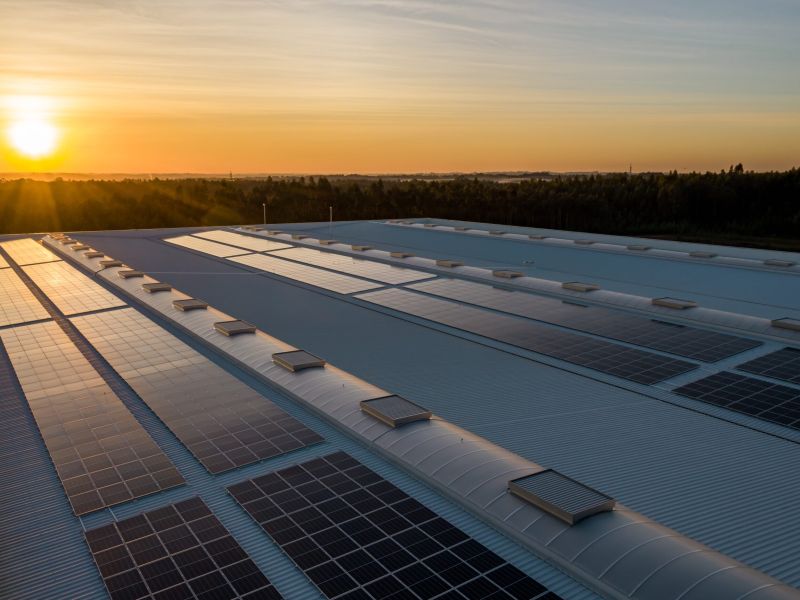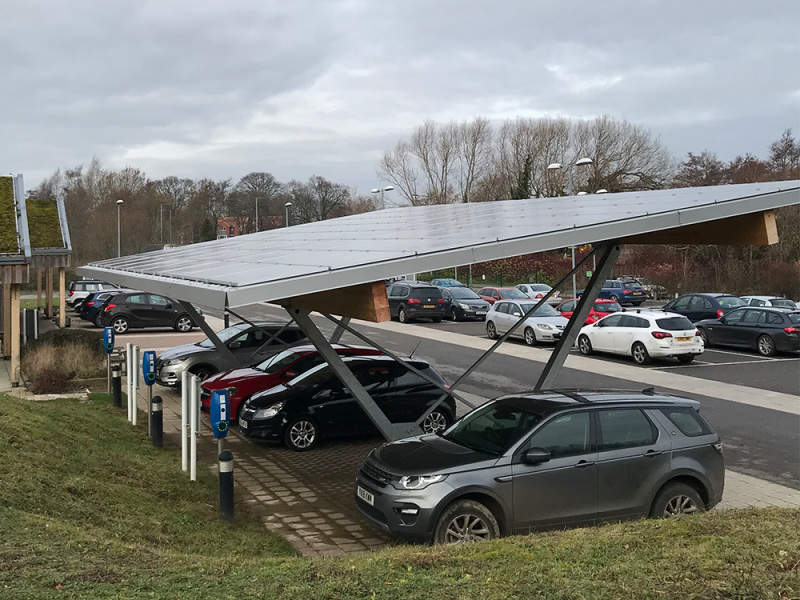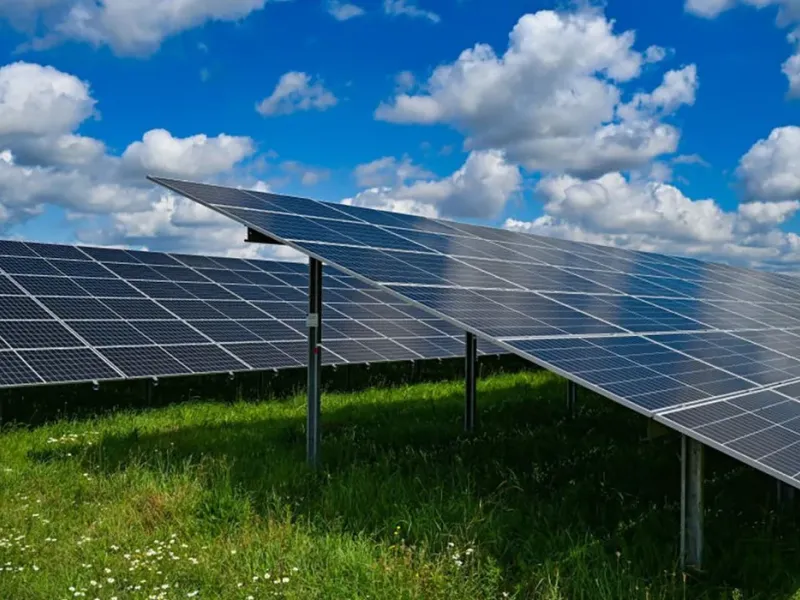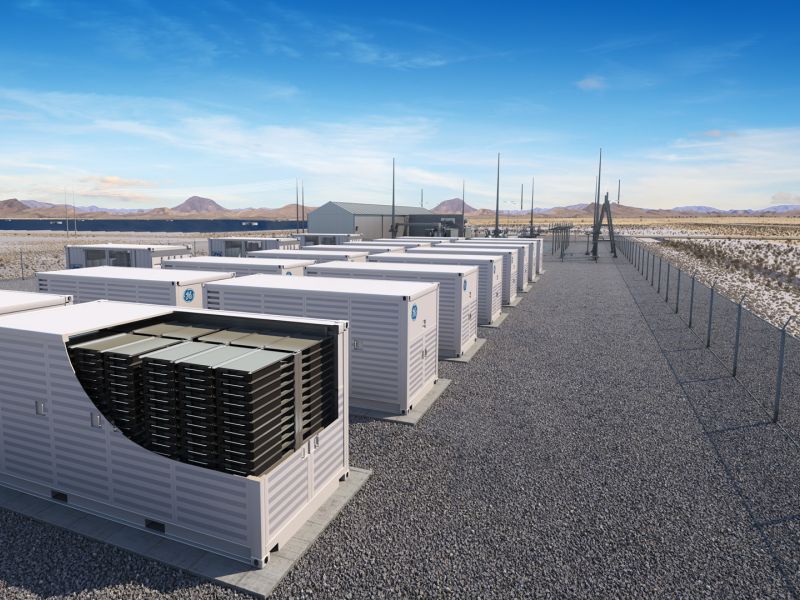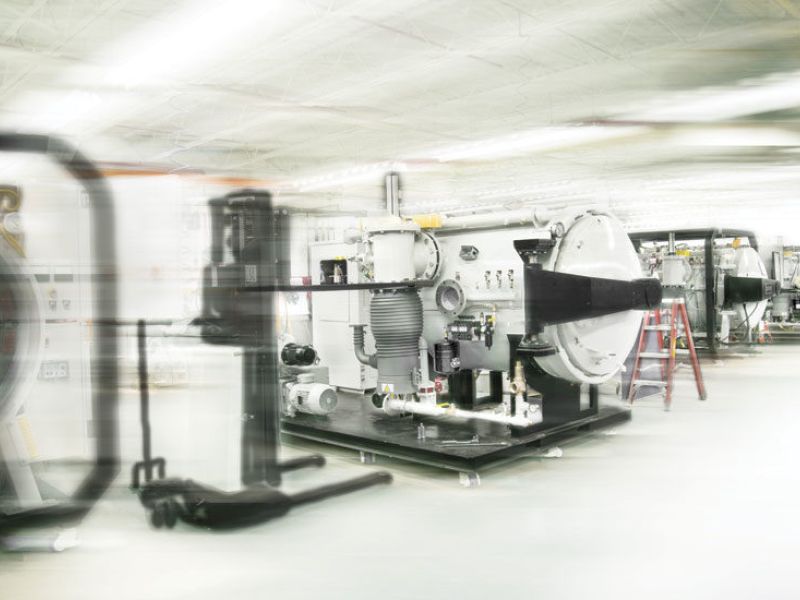Floating Solar PV
Floating Solar is on the rise.
Alongside ground-mounted and rooftop PV, floating solar PV (FPV) is often hailed as the future third pillar of the global solar PV market. At present, among the 60+ countries actively pursuing the deployment of FPV, more than 35 countries are home to an estimated 350 operational FPV systems.
Floating Solar PV has huge potential to create renewable power from otherwise unused bodies of water.
A floating solar photovoltaic (FPV) system is an emerging technology in which a solar photovoltaic (PV) system is placed directly on top of a body of water, as opposed to on land or on building rooftops.
Future Net Zero
Lorem ipsum dolor sit amet, consectetur adipiscing elit, sed do eiusmod tempor incididunt ut labore et dolore magna aliqua. Ut enim ad minim veniam, quis nostrud exercitation ullamco laboris nisi ut aliquip ex ea commodo consequat. Duis aute irure dolor in reprehenderit in voluptate velit esse cillum dolore eu fugiat nulla pariatur. Excepteur sint occaecat cupidatat non proident, sunt in culpa qui officia deserunt mollit anim id est laborum.
Floating solar farms are created by attaching solar photovoltaic panels to a buoyant platform, which rests about the water’s surface. These platforms are typically moored on calmer bodies of water, such as ponds, lakes or reservoirs.
To date, China is the world’s largest market for FPV. Currently, FPV systems are either deployed as a result of a bidding scheme, thus eligible for a FIT granted over 20 years or as a so-called grid-parity project, i.e., without any form of subsidy support. To illustrate the on-going demand for FPV, in June this year, China’s Datang Power released a tender seeking several bids for a total capacity of 820 MW of FPV to be installed across China by December 2021.
The early batch of commercial FPV systems were installed onshore, as stand-alone on ponds, in reservoirs and pit mine lakes, etc. The initial business model, FPV 1.0, was to generate power, usually fed into the nearby grid.
Today, FPV 2.0, involving the co-location of a FPV system with an existing hydropower plant is gaining traction, in particular, if combined with larger hydropower sites that can be flexibly operated.
The benefits of such hybrid systems are manifold, e.g., the FPV system increases the overall energy yield of the asset, it may facilitate the management of seasonal periods of low(er) water availability, thus compensating a reduced power output of the hydropower plant. Additionally, the reduced amount of evaporated water could be used for irrigation purposes, instead of being lost.
Costs incurred for developing a FPV system, not only vary from project to project, but are as well highly site-specific.
Factors influencing the cost structure include water level variation, depth, quality and salinity. The bathymetry of the water body determines the design layout of the anchoring and mooring system. Depending on the locally prevailing wind regime, the FPV plant design requires the ability to withstand stronger wind loads.

“Superb – massive thumbs up. Great service, great people, great company”

